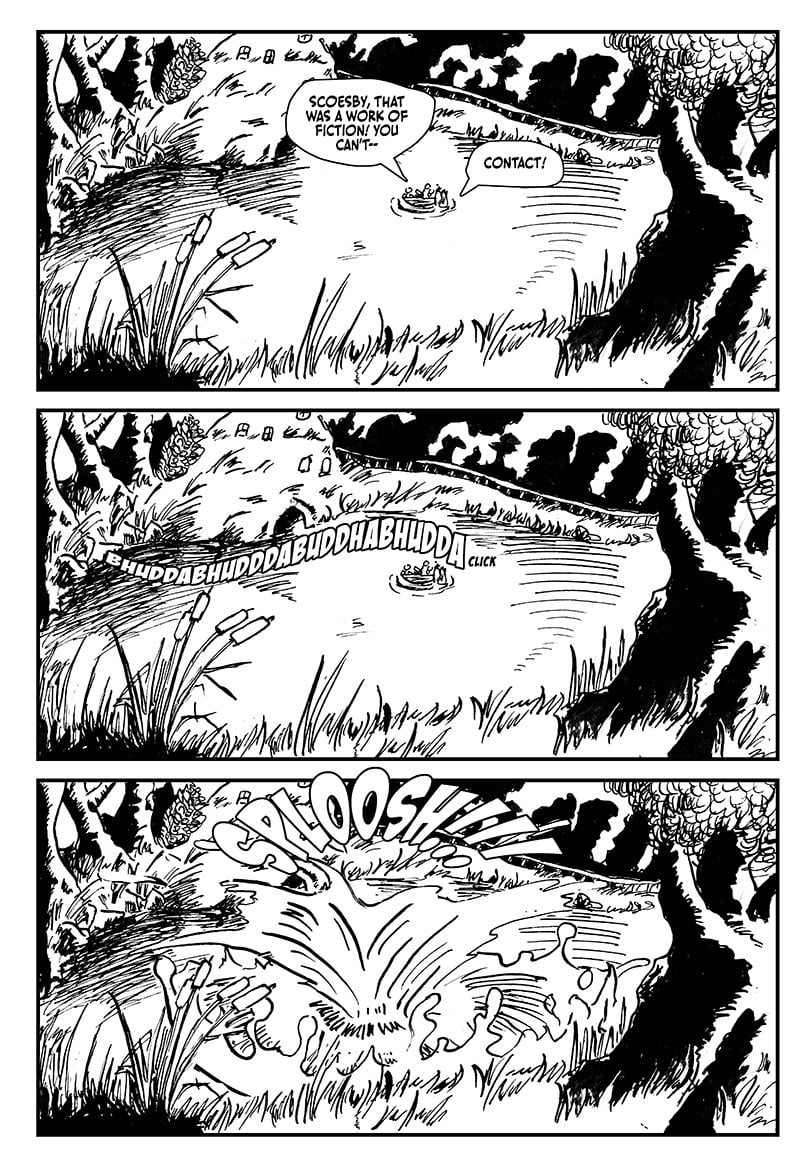When You Know The Notes To Sing

It’s been a plague house at the Axelrod homestead this past week, with us all passing around some sort of horrible illness that left us listless and sprawled out on what ever furniture would hold us. I got it first, which meant I got to watch CABARET (1972) by my lonesome as everyone else went off to work and school, and had more or less recovered and was taking care of my wife and daughter by the time they succumbed and we all watched THE SOUND OF MUSIC (1965) as a family. I had not planned to watch musicals based on real people where the rise of Fascism in Europe provides the backdrop, but it did work out that way.
CABARET and THE SOUND OF MUSIC are, of course, very different movies made from very different musicals. THE SOUND OF MUSIC is the last of the Rogers & Hammerstein bangers, having effectively redefined the medium years earlier with OKLAHOMA!. CABARET was an experiment in form and style from the jump, an new attempt at storytelling with the combination of the cabaret review and the larger story told off. The films echo this; Robert Wise, fresh directing WEST SIDE STORY (1961), gives everything a bright Technicolor sheen, while Bob Fosse is already knee-deep in the grimy “realism” aesthetic that would come to dominate films of the 70s. Half the fun of watching the Van Trapp family is only the beautiful mountain scenery but also the spectacle of their impressive wealth. Sally Bowles and Co, however, slowly circle the drain of increasing pennilessness.
In CABERET, the singing is co-opted by the state; a opening number that celebrates the international origins of the Kit-Kat Club’s performers gives way to a dance where the performers are in sexy lederhosen and blond wigs, which then leads to explicitly Semitic comedy song. A blond Nazi boy sings “Tomorrow Belongs To Me” in a sun-drenched beer garden, and the whole crowd joins in. THE SOUND OF MUSIC proclaims that music can pull us together; CABARET is there to remind us it can also drive us apart.
Interestingly enough, both films end with one of the leads singing in front of a audience of Nazis. For Captain Von Trapp, its one last attempt of defiance before leaving the country. For Sally, it’s a defiance of different—a bellow of denial to the horrors of the outside world despite the fact that the final shot of the film shows that the Fascism of the outside world has entered the formerly comforting escapism of the cabaret. The difference is that while Sally is singing for Nazis, Von Trapp is singing at them, turning his song into a weapon that is picked up by people in the audience. It’s fitting, given its title, that THE SOUND OF MUSIC rejoices in the power of singing, how it can bring people together even when your country has been annexed by Nazis. The power is in the collective sound, the voices raised, the audience of Austrians proud of their homeland. It is a reclaiming of space, not as visually direct as when Von Trapp ripped a Nazi flag in half, but it has the same effect. Sally Bowles is singing for Nazis, while Captain Von Trapp is singing at them. The difference is dramatic.
Entertainment is not the same as resistance. But, in the right context, it can rhyme.
Speaking of entertainment, here’s page 3 of Scoesby Cuts a Rug. Page 4 is already on the Patreon.
